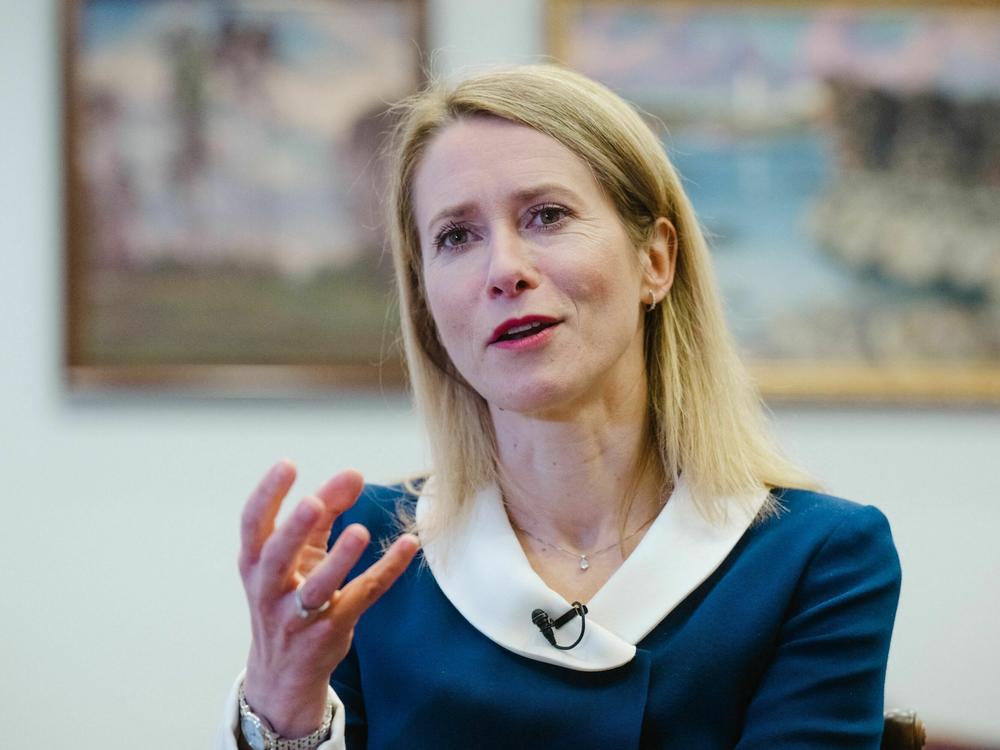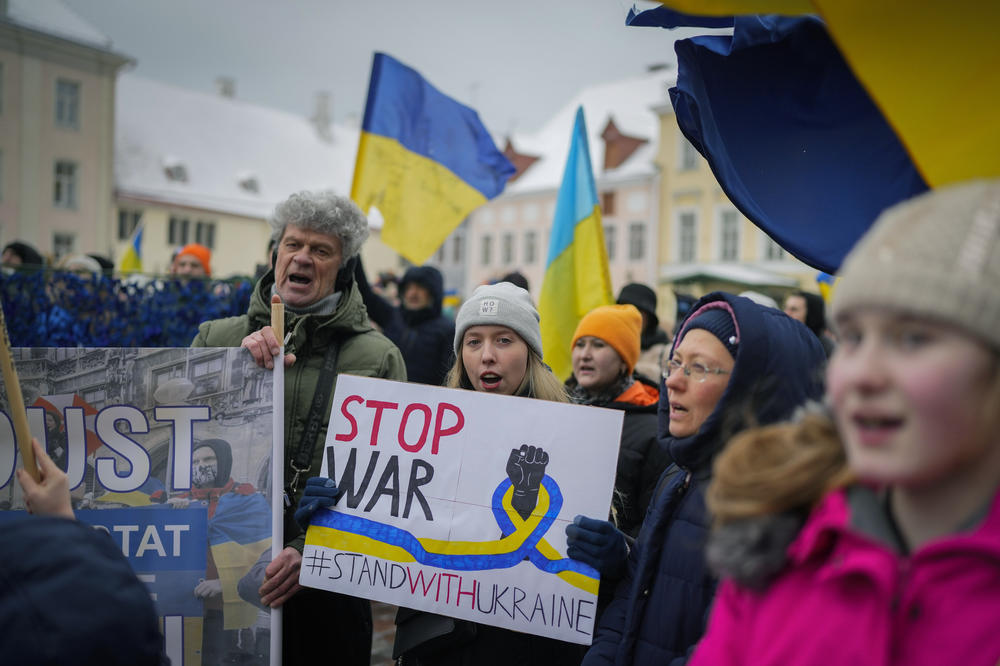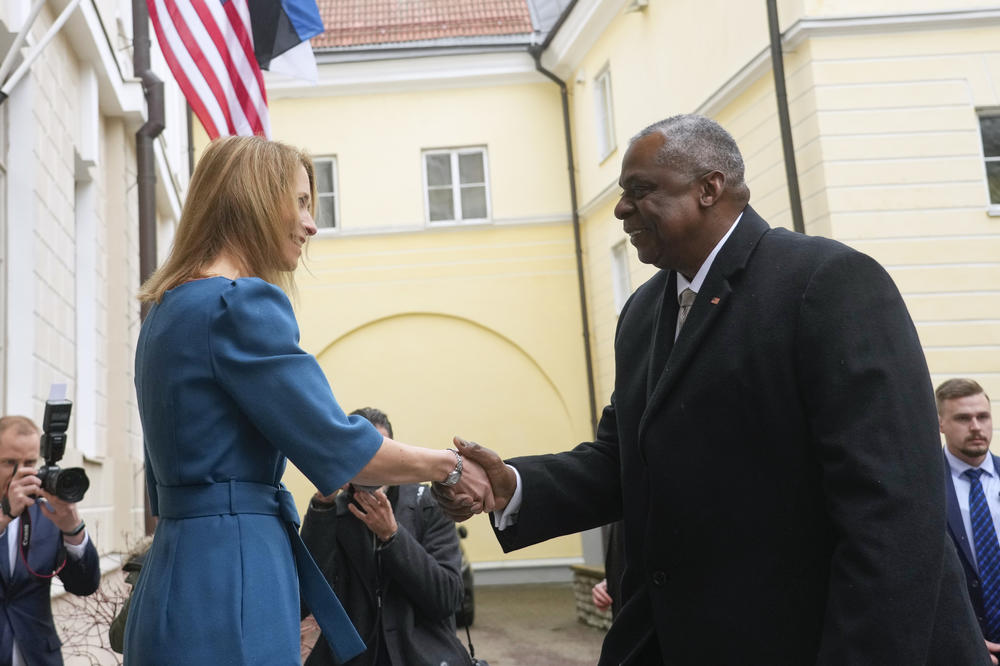Section Branding
Header Content
Ukraine is dominating the election in Estonia, a key NATO ally. Here's what to watch
Primary Content
Estonia, a Baltic republic, a key state along NATO's eastern flank bordering Russia, and one of the most vocal supporters of Ukraine, heads to the polls this weekend.
Prime Minister Kaja Kallas made history as the first female prime minister of the tiny European Union member state in 2021. She has garnered widespread support and international praise for her steadfast commitment to Ukraine, and criticism of Russian President Vladimir Putin's decision last year to invade the former Soviet republic.
The chances are pretty high that Kallas, 45, the leader of the country's center-right Reform Party, will emerge as prime minister for another term, though her Reform Party, ahead in the polls, might struggle to form a government.
Here's what you need to know as the country of 1.3 million people heads to the polls Sunday:
What is the main issue driving this election?
Estonia's citizens are concerned about their own national security, given their proximity with Russia and their own history as a former Soviet republic.
Given the fears stemming from Russia's invasion of Ukraine, this is very much a wartime election for Estonia, and the country's political parties appear to be trying to outdo each other on defense spending.
Prime Minister Kallas' government is currently spending 3% of the country's gross domestic product on defense, a historic high for Estonia, and has been encouraging other European states to do the same. Meanwhile, her government has given Ukraine the equivalent of 1% of its GDP in military assistance. That's more than any other country in terms of its population to GDP ratio.
How real is the threat that Russia would invade Estonia?
Even though the Russian campaign in Ukraine has sputtered and failed to meet most of its military and political objectives, many Estonians fear that it could happen.
Putin has made threats in the past year that back up these fears. In June, on the 350th anniversary of the birthday of Russian Emperor Peter the Great, Putin made a speech in which he extolled Peter's conquest of the Baltic region, which includes parts of Estonia. Putin went on to hint that the task of returning these lands to Russia now fell to him.
That caused quite a stir among Estonians, many of whom remember how difficult life was under Soviet rule.
There are still many Russian-speaking citizens in Estonia. How will they vote?
Around a quarter of Estonia's population identify as ethnic Russians. This population has been under much stress in the past year as Estonia's government has removed Soviet-era monuments across the country and has ratcheted up its rhetoric against Russia.
Many Russian speakers in Estonia vote for what's called the Estonian Centre Party, a conservative, traditional party that has previously had ties with Russia, but since the war began, the party insists it's cut those ties.
Given the current climate, having overt ties to Moscow is likely not a winning strategy, which has led them and many Russian speakers in Estonia to change their rhetoric and support for Moscow.
Why is this an important election for Americans to pay attention to?
Estonia is a key member of the eastern flank of NATO — essentially making it one of the West's front-line states facing an increasingly aggressive Russia.
"The location of these countries, the pro-American, pro-European economically successful, resourceful, democratic, human rights-loving nature of the eastern flank countries is something that Russia sees as a threat to it," says Kristine Berzina, of the German Marshall Fund for the U.S., referring to Estonia and other Baltic states. "But these countries are the most loyal and most reliable allies for the United States."
Berzina adds that unlike other EU members like Hungary, or even Germany, Estonia is completely in-line with the U.S. in how it sees the threat from Russia.
Rob Schmitz is based in Berlin.
Copyright 2023 NPR. To see more, visit https://www.npr.org.



